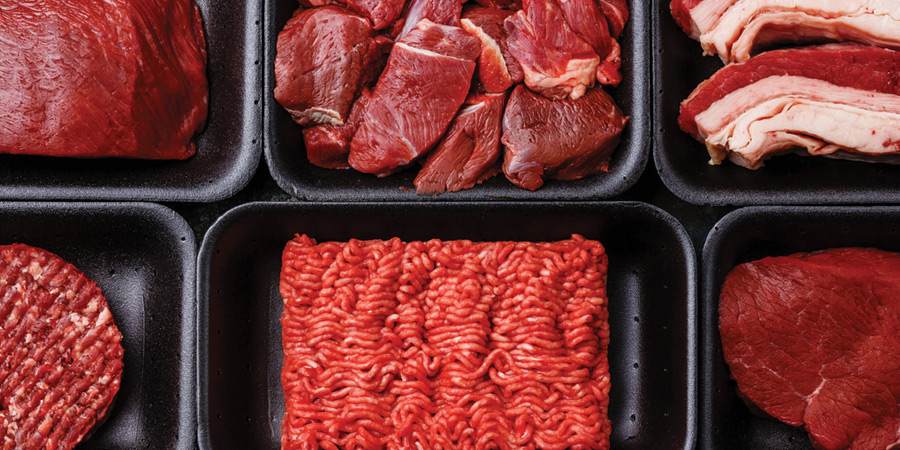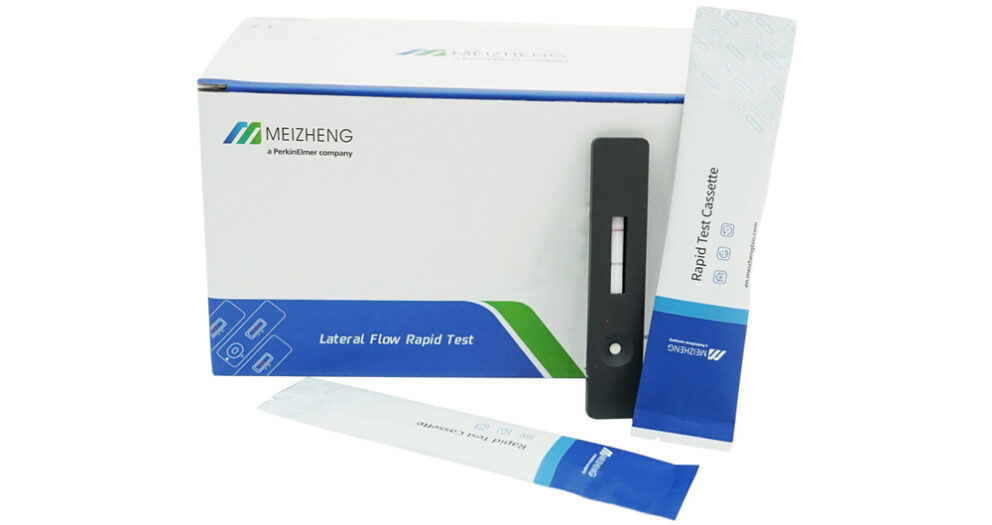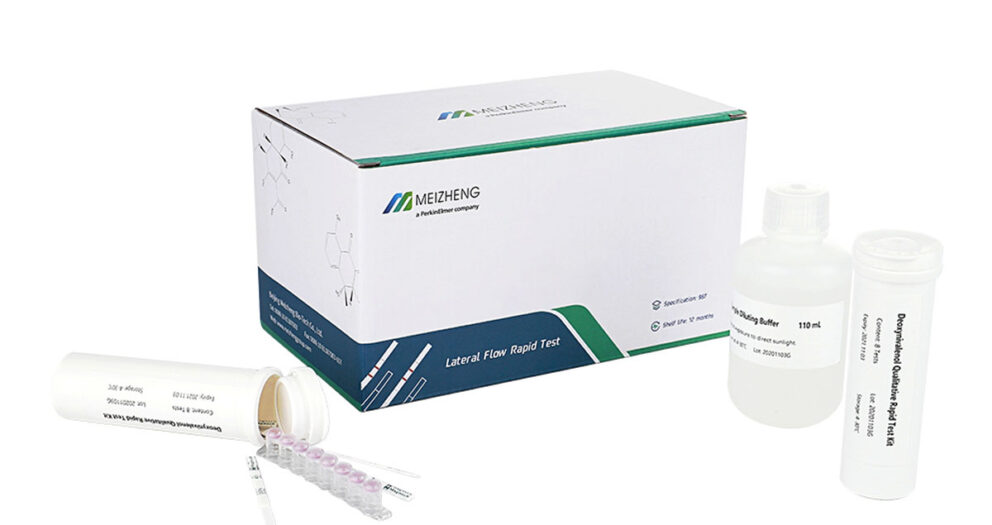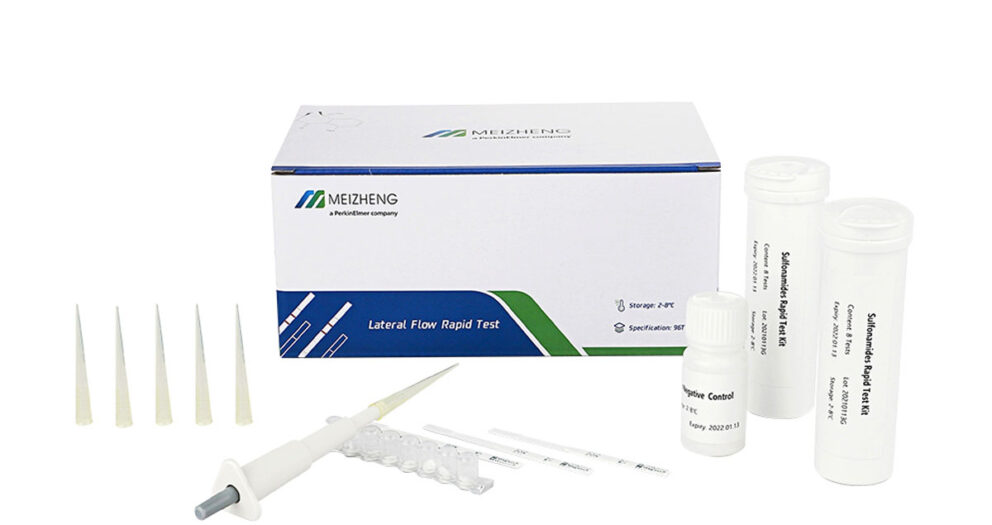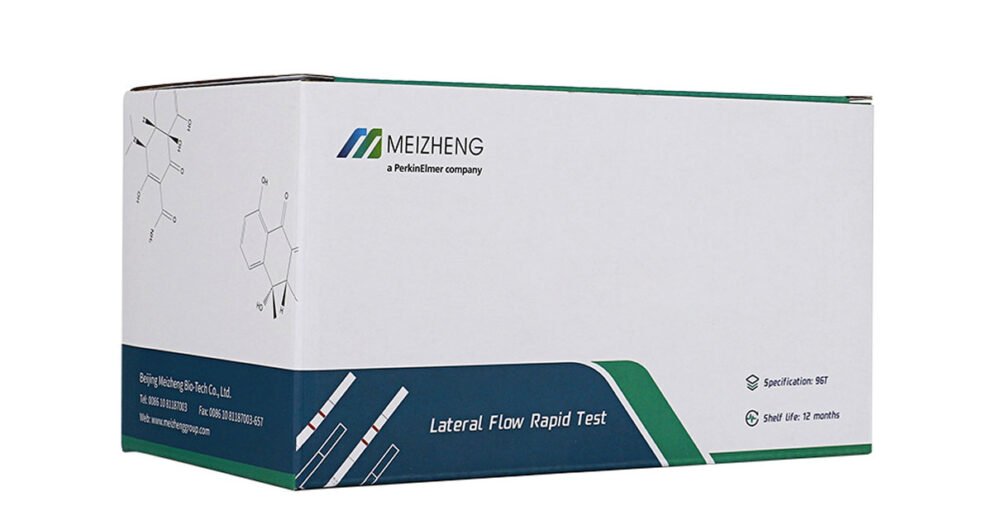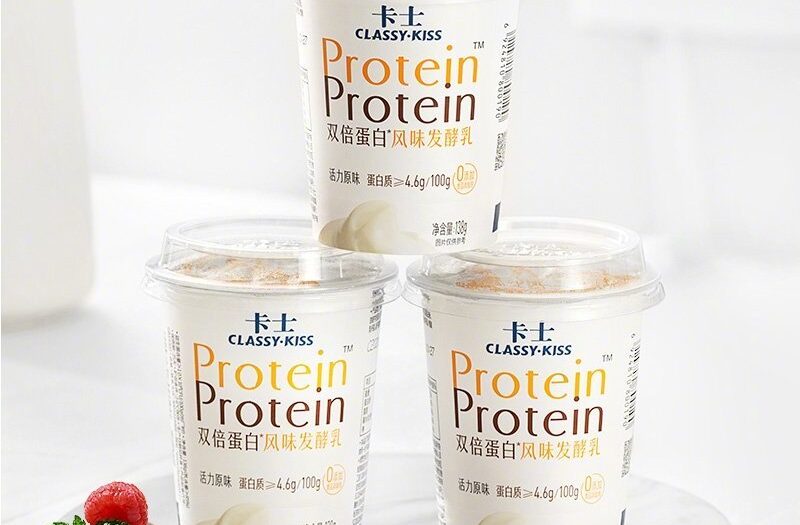There are many packaging products of low temperature meat products in the market. There are hams, sausages, roasted meats, and poultry products such as smoked barbecues. The low-temperature meat products we are talking about are products whose sterilization temperature is within 100℃.
The problem encountered by many manufacturers is that during the normal shelf life of packaged low-temperature meat products, a small amount of water begins to appear on the surface of the product, and then white mucus gradually appears on the surface, which finally leads to gas production, rancidity and deterioration of the product.
Since the packaging products are in a vacuum state, under negative pressure, the products are prone to water seepage. If the correct technical means, reasonable production technology, processing formula and strict production site management are used, the product can be prevented or slowed down. water phenomenon. The specific reasons and solutions are as follows.
1. During the processing, the temperature of raw meat, meat filling and finished products is too high for cooling, storage, transportation and sales
The temperature of low-temperature meat products must be strictly controlled from raw material processing to packaging. If the ambient temperature, raw material temperature and meat filling temperature are not well controlled during processing, the production cycle is prolonged for no reason, and the cooling temperature before product packaging is too high, the total number of product colonies will be too high, and the residual microorganisms after product packaging will multiply to a certain value. In the end, the product protein is continuously decomposed, so that the water in the protein gradually precipitates, and the water retention function is weakened. The precipitation of water provides a nutritional basis for the survival and reproduction of microorganisms, and the surface of the product changes from a small amount of water to mucus, which eventually leads to deterioration. damage. Among them, the anaerobic bacteria or facultative anaerobic bacteria, such as lactic acid bacteria, leuconostoc, etc., play a major role.
Solution: Strictly control the temperature during the entire processing process. During the process of thawing, trimming, mincing, and marinating the raw meat, the meat temperature should be within 6°C. Strictly control the temperature. It is extremely important to add borneol to the emulsified meat filling and tumbled Western-style ham to prevent the temperature from exceeding 10 °C. The addition of ice water can firstly increase the water retention of meat, and secondly, it can control the growth of microorganisms and reduce the residual number of microorganisms in the meat filling, which has a great effect on prolonging the shelf life of the product.
The temperature of the center of the product before packaging is preferably within 15 °C, and the secondary sterilization and cooling of the packaging should be reduced to within 20 °C, and then stored in a warehouse at 0 to 4 °C to inhibit the growth of microorganisms and help reduce the surface water of the product.
Second, the product drying effect is poor
If the products used are animal casings, protein casings, cellulose or fiber casings, there must be a drying process. The purpose of drying is to further develop the color of the meat filling, extract part of the water in the meat filling, and increase the elasticity and crispness of the product. Do not burst during subsequent cooking. If the drying process design is unreasonable, special attention should be paid to the steam pressure, wind speed, temperature and time, which will also affect the drying effect of the product, resulting in insufficient water extraction from the product.
Solution: Design a reasonable drying process to ensure that the steam pressure is above 0.5map, and the wind speed is set at medium or high speed according to product characteristics, and some directly use high-speed drying. The temperature is generally above 68 °C, and if it is too low, the effect will be affected. Some products are dried above 75 °C. The temperature and time settings are closely related to the product diameter and formula. It is required to be dried to achieve hardness when the product surface touches, rustling sound when the product is rubbed, reliable adhesion between the casing and the meat filling, and the coagulation of the surface protein is generally about 3mm. After the product is cooked, the product should also undergo a drying process to remove the moisture on the surface of the product. At this time, the drying time is shorter and the temperature will be lower.
3. Unreasonable formula design
The product has a high yield and too much moisture. Simply pursuing a high yield and adding too much water, that is, the Aw value is too large, will cause the product to be soft and the structure is not tight.
Solution: The design of the water added to the formula should be reasonable, and the water should be added reasonably according to the water content in the raw materials and the requirements of the formula. The ratio of water to meat filling should generally not exceed 35%. If it is in the high temperature season in summer, special attention should be paid to the ratio of added water to carrageenan and soybean protein isolate. It should not only have good water retention, but also not affect the taste and brittleness of the product.
4. The phosphate used in the product cannot extract meat protein very well, which affects the water retention
The biggest function of phosphate is to extract salt-soluble protein in meat under the action of table salt. If the phosphate used is easy to agglomerate, has poor solubility and uneven dispersion, the meat protein will not be fully extracted, thus affecting the water retention of the product.
Solution: Use the compound phosphate that dissolves quickly, has good dispersibility, and does not agglomerate, especially when the temperature of ice water is about -2 °C, which can quickly disperse and dissolve complex phosphate, and can be quickly extracted during emulsification or Western-style ham injection and rolling. Salt-dissolved meat protein, separates actomyosin, and maximizes the water-retaining effect of meat protein. At this time, the meat filling is particularly thick, viscous, and bright, so the product has good water retention, crispness and good taste.
5. The product is not cooled thoroughly after being cooked
The temperature of the cooling room is high and the time is short, which causes the product to not cool completely and the core temperature is too high. After packaging, the water vapor is emitted again during the secondary sterilization to form water vapor and liquid on the surface.
Solution: Let the product cool to a core temperature of about 15°C to reduce the surface moisture of the product. When packaging, the temperature difference between the warehouse and the packaging is not easy to be too large, and the storage time between the packaging is shortened as much as possible, and the water absorption phenomenon on the surface of the product due to the influence of the temperature difference is reduced.
6. The secondary sterilization temperature is too high and the time is too long, resulting in loose product structure
When the packaged product is sterilized for the second time, the product will be in an expanded state. If the temperature is too high and the time is too long, the product will be in a soft state and the structure will be damaged. In the case of negative pressure, the water inside will easily come out and form a liquid.
Solution: Design a reasonable secondary sterilization process. The sterilization at this time only kills the microorganisms on the surface of the product and the packaging bag. Generally, the temperature is around 90℃, and the time is not more than 30min, and the faster it is from sterilization to cooling, the better.
7. Rational use of preservatives and preservatives can effectively inhibit the growth of microorganisms
Meat products are high in protein and have a large water content, so they are easily eroded by microorganisms, which is conducive to the growth and reproduction of microorganisms, so that the products will produce water, and then deteriorate into rancidity.
Solution: In accordance with the provisions of GB2760, use antiseptic and preservatives reasonably. The microorganisms of packaged meat products are generally Gram-positive bacteria, including anaerobic bacteria and facultative anaerobic bacteria. It is easy to produce acid and gas, so that the surface of the product will come out of water, produce odor or expand the bag, and anti-corrosion preservatives should be added in a targeted manner. For example, use nisin, sodium dehydroacetate, sodium diacetate, etc., to increase the shelf life.
8. The microorganisms of the auxiliary materials should be minimized, the storage time should not be too long, and it is required to be dry and hygienic
The auxiliary materials used in meat products have a high number of bacteria, especially natural spices generally have more spores, which will cause a large degree of pollution to the product. The sterilization temperature of low-temperature products will not kill the spores, and these residual bacteria will seriously endanger the shelf life of the product.
Solution: Use sterilized spices and excipients such as starch, protein, etc., and the total number of colonies should be controlled within a reasonable range. Resolutely do not use contaminated, moldy, odorous spices and other accessories. Eliminate or reduce the excipients that damage the product due to excessive microorganisms that cause water on the surface of the product.
9. The barrier properties and air permeability of the packaging films (bags) used are not up to the standard
The packaging materials used in low-temperature meat products have a great impact on the shelf life of the products. There are many unqualified packaging materials and manufacturers. If unqualified packaging materials are selected, it will cause great risks. The packaging materials used for low-temperature meat products are generally PA/PE composite materials, which must have good barrier properties. If a packaging film (bag) with poor barrier properties is used, the packaged product will gradually leak air, providing conditions for the growth of microorganisms, and under the action of microorganisms, water will be released from the surface of the product.
Solution: Choose packaging materials with moderate thickness, barrier properties, tensile strength, puncture strength, cooking air permeability, and good heat-sealing properties. Shelf life is very important.
There are many reasons for the water out of low-temperature meat products after packaging, involving on-site sanitation management, formula design, technological process, selection and use of phosphates and preservatives. It is a problem of the comprehensive system, which reflects the quality control of the entire production process of an enterprise. Problems in each process link may cause water on the surface of the product.
If the processing of low-temperature meat products has high technical content, the production enterprises should use modern management methods, advanced technical means, scientific and reasonable formulas, strict management standards, establish a high degree of quality awareness, and continuously improve the quality of employees before they can produce High-quality low-temperature meat products.
Check more meat test kits.


